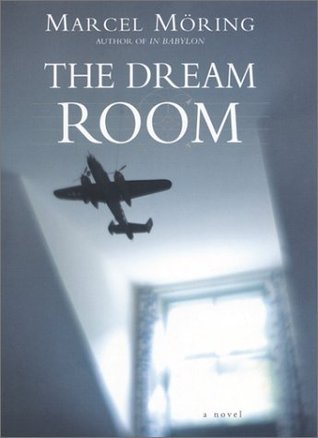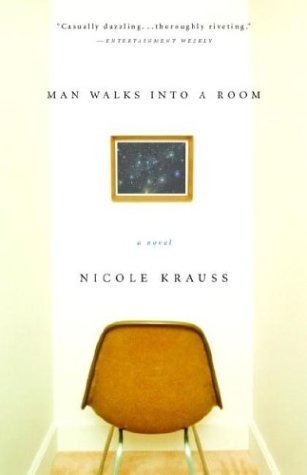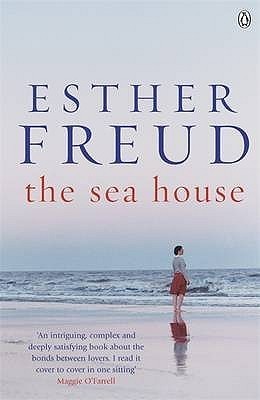
The Dream Room
Book Description
A forgotten room holds the power to unravel lives. Within its walls, fragments of memory ignite fierce battles between love and betrayal, reality and illusion. When a mysterious stranger unlocks the door to long-buried secrets, the cracks in relationships widen, forcing its occupants to confront their deepest fears and desires. As past traumas collide with present-day choices, tensions rise, and trust hangs by a thread. With every turn of the page, suspense thickens, and the stakes mount higher. What will be revealed when the last secret is exposed?
Quick Book Summary
"The Dream Room" by Marcel Möring is a haunting exploration of memory, secrets, and the fragile fabric of relationships. The story unfolds around a hidden room within a family home, a space imbued with the echoes of forgotten pasts and suppressed truths. When a mysterious stranger arrives and discovers the room, the lives of the household's occupants are thrown into turmoil. Old wounds resurface, trust begins to erode, and the boundaries between illusion and reality blur. Möring weaves a suspenseful narrative, gradually peeling back layers of history and emotion to reveal how trauma, love, and betrayal shape the present. As the final secrets come to light, each character must confront the choices that have defined them, risking everything for redemption, understanding, or escape.
Summary of Key Ideas
Table of Contents
The Destructive Power of Buried Secrets
The discovery of a long-forgotten room sets the events of the novel into motion. This space, filled with remnants of the past, becomes both a literal and symbolic representation of the secrets the characters have kept hidden, not just from each other but also from themselves. The room’s dreamlike atmosphere blurs the lines between memory and imagination, inviting anyone who enters to confront what they have suppressed.
Memory and the Blur Between Reality and Illusion
The arrival of a mysterious stranger, whose connection to the house and its inhabitants remains ambiguous, serves as a catalyst for upheaval. Interactions between the stranger and the residents intensify simmering tensions, provoking an examination of past choices and current desires. With each revelation, relationships grow more strained, as long-held resentments and betrayals surface. Trust—always a fragile thing among these characters—becomes more precarious with every secret that emerges.
Love, Betrayal, and the Struggle to Trust
Love and loyalty are tested as the characters grapple with the emotional fallout of their disclosures. Hidden passions and old wounds entwine, leading some characters to seek forgiveness and reconciliation, while others are consumed by anger or regret. The narrative delves deep into the psychology of betrayal, illuminating how even the most intimate connections can be undermined by fear, pride, or misunderstanding.
The Impact of Past Trauma on Present Choices
The intersection of trauma and memory is a recurring theme, as the characters struggle to distinguish what truly happened from what they remember or wish had happened. This uncertainty injects an element of suspense, as motives and histories are called into question. The narrative steadily builds toward a confrontation with the ultimate truth, as everyone is forced to face their personal "dream rooms"—those internal spaces where painful memories are locked away.
The Search for Identity and Redemption
By the novel’s end, the last secret comes to light, shattering illusions and leaving each character altered. Some emerge stronger, having found a measure of peace or redemption, while others are left grappling with loss or disillusionment. Möring’s richly atmospheric style ensures that the suspense lingers, reminding us of the high price of secrecy and the enduring challenge of understanding both ourselves and those we love.
Download This Summary
Get a free PDF of this summary instantly — no email required.





